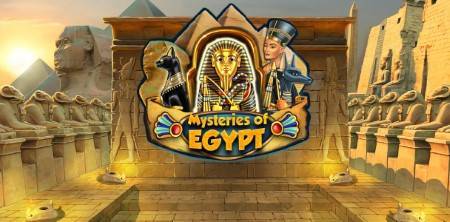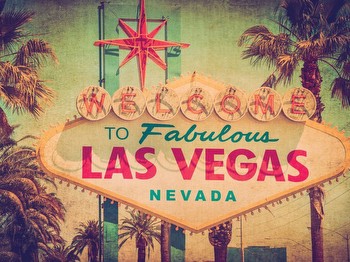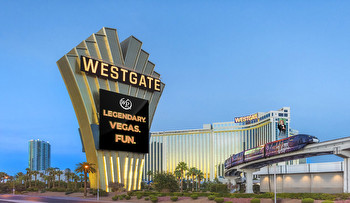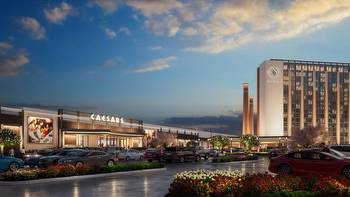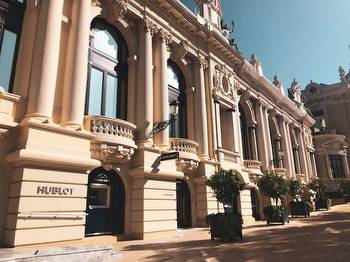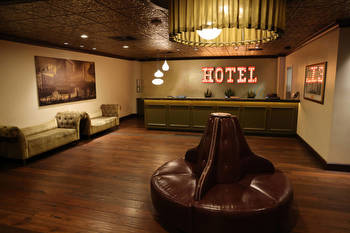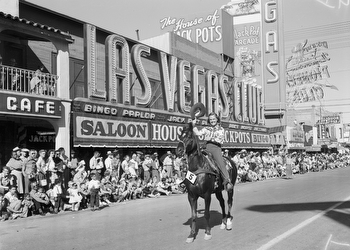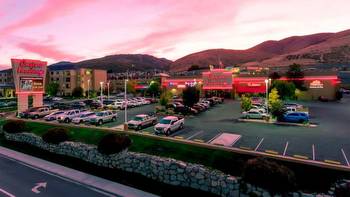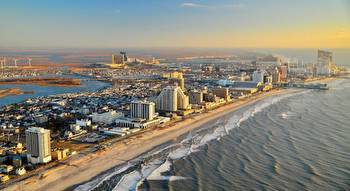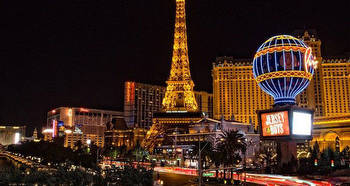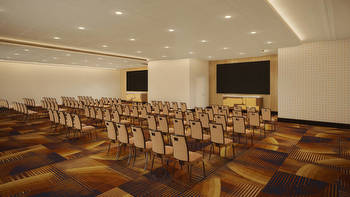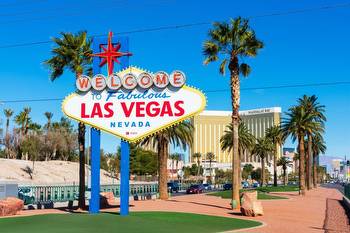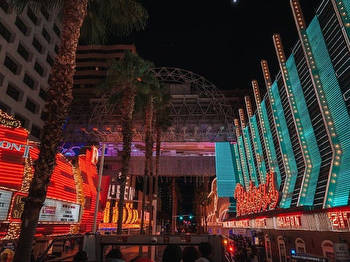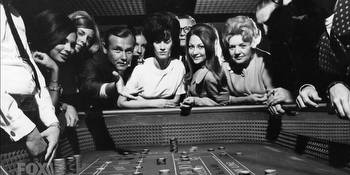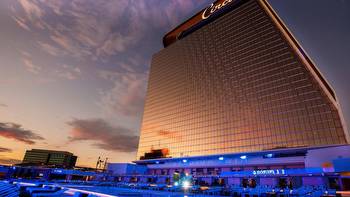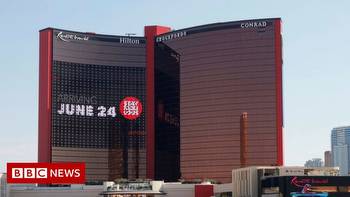The first casinos in Las Vegas: A history of the gambling capital

It’s hard to imagine Las Vegas at the moment without the flashy gambling signs, luxury hotels and entertainment venues, but there was a time when none of these things existed. Moreover, in the city’s rather long history, there have been periods when gambling was banned even in this gambling oasis. The success that Las Vegas is so famous for is no accident, as the gambling industry had to go through many ups and downs to achieve it. Though casinos with free spins existing customersare gaining popularity now, casinos in Las Vegas will always be an indispensable classic.
The history of Las Vegas doesn’t begin with the opening of the first casino on the city’s property, though it was undoubtedly a moment that defined the city’s future and has been a legacy for generations.
The ugly duckling, or Las Vegas without a casino
The city was founded at a time when it was part of Mexican territory. Therefore its name even has Spanish origins and literally translates as ‘fertile valleys’. The area, which was later to become a centre of gambling, is believed to have been named by Mexican traders. It was to them that it occurred to them that the area could serve as a successful resting place on the trade route to Los Angeles.
The land came into the possession of the United States after the Mexican-American War in the mid-nineteenth century.
Even then, gambling became a popular form of recreation for traders, even though there were laws prohibiting gambling. Initially, prohibition legislation penalised not only gambling, but also participation in it.
Gambling was decriminalised in 1869. During active construction of the city in 1905, it was decided to create a special district for various kinds of entertainment: drinking houses and brothels were to be located here, as well as prototypes of modern casinos. Tellingly, the activities were short-lived, and soon prohibition laws were again enacted.
Strict legislation, however, could not keep Las Vegas from being infiltrated by clandestine establishments.
Amusingly enough, the history of chic architecture with fountains, lofts and huge casino halls began in a dilapidated lodge called the Arizona Club. As the number of visitors increased, the first Las Vegas gambling establishment grew and over the years it became a monumental structure. The owner of the club was entrepreneur Al James. There are even photos of him posing with Wild West legend White Earle in front of the Arizona Club.
The year 1931 is a turning point for both Las Vegas
It was the year the Nevada state government finally legalised gambling. That same year construction began on the Hoover Dam just 40 kilometres from the city. The construction not only solved the water and power supply problem, it also brought a huge number of workers to the area who needed a break. This provoked another boom in the popularity of gambling.
A phase of strong growth
The main challenge of the twentieth century for Las Vegas businessmen was to attract tourists to the area. The owner of the first Las Vegas casino is generally considered to be Thomas Hull. It was he who initiated the creation of the city’s first casino resort – El Rancho Vegas. The casino was located on the world-famous Las Vegas Strip.
El Rancho Vegas – interesting facts:
- The casino opened on 3 April 1941, and for another year the place was the city’s largest hotel with 110 rooms.
- The architect of the first casino was Wayne McAllister.
- The building’s façade was Spanish in style and the interior reminded visitors of being in the Wild West. The construction cost half a million dollars.
- In addition to gambling, the casino resort offered many other activities. Including horse riding, watching theatrical productions and swimming in a huge swimming pool.
- When the casino resort opened, it housed the largest catering facility in the area.
- There were two blackjack tables, one roulette table and a craps table in the casino hall. Visitors could also try their luck at one of the 70 slot machines.
In 1945, the casino resort was sold for $1.5 million to Los Angeles businessman Walter Guzzardi. The property was subsequently resold more than once, but the turning point came when Beldon Cutleman inherited the casino resort. The entrepreneur bought out the shares of the other shareholders and became the sole owner. He invested 750,000 dollars to upgrade the facility and bring it back to its former glory. It was thanks to Kathleman that the gambling establishment was once again the largest in Nevada. In 1960, a fire broke out in the casino-resort building. The fire destroyed the casino hall, several restaurants and most of the main building. It later housed a motel, which did not provide gambling services. The site’s buildings were demolished in 1979.







